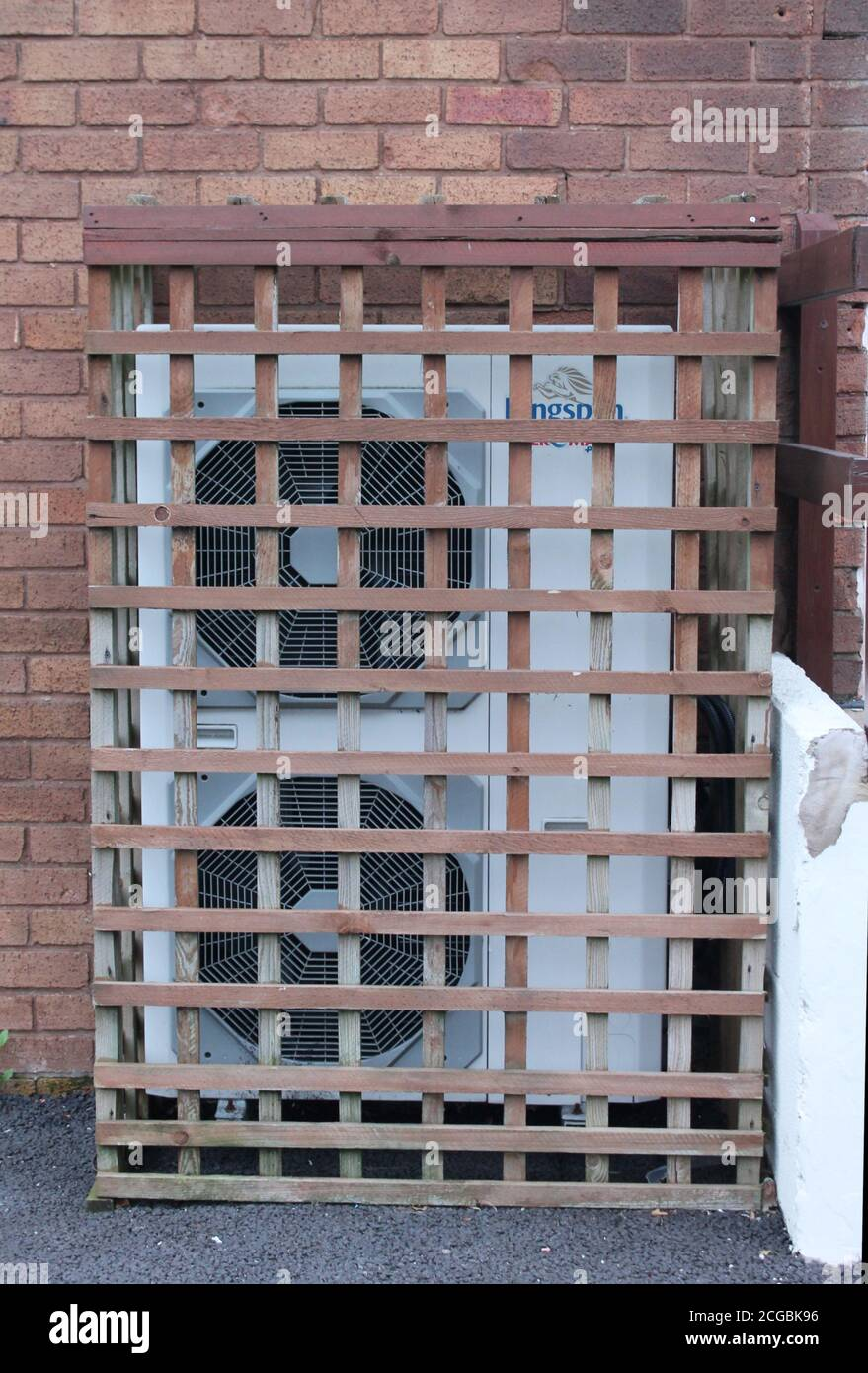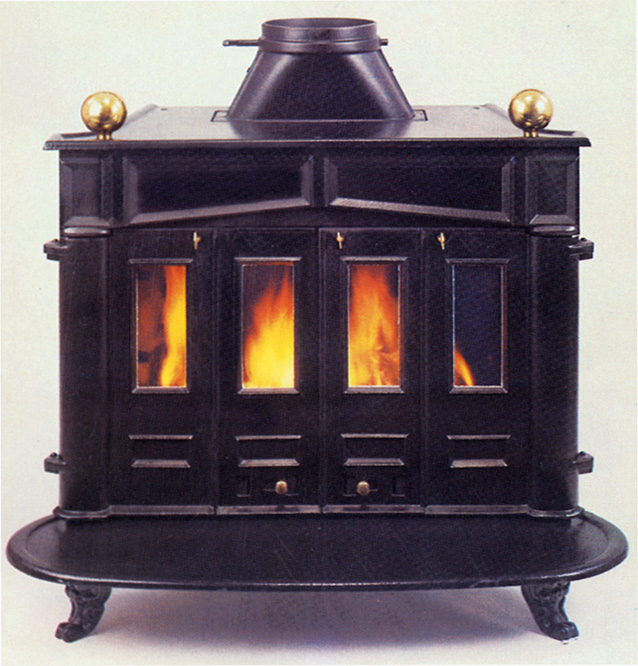Trellis Air cooling technology represents a revolutionary leap in energy-efficient air conditioning systems, designed to combat the increasing global demand for cooling as temperatures rise. Developed by a team from Harvard University, this innovative solution utilizes membrane dehumidification to dry and cool air far more efficiently than traditional methods. As air conditioning accounts for up to 4% of global greenhouse gas emissions, the need for greener solutions is critical. Trellis Air aims to significantly reduce energy consumption associated with cooling, while simultaneously addressing climate change solutions. With the potential to alter the landscape of air conditioning, Trellis Air stands out as a prime example of cutting-edge research and entrepreneurship spearheaded by a Harvard startup.
Often referred to as advanced air cooling systems, Trellis Air technology employs state-of-the-art membrane filtration to achieve optimal temperature and humidity control. As global temperatures soar, there is a pressing need for sustainable air conditioning alternatives to mitigate rising energy demands and greenhouse gas emissions. The solution lies in innovative designs that minimize traditional energy usage, setting new standards in the industry. This Harvard-developed technology not only enhances indoor comfort but also plays a crucial role in the fight against climate change. The future of air conditioning hinges on these breakthrough developments, paving the way for an energy-efficient and sustainable approach to environmental challenges.
Innovations in Cooling: Trellis Air’s Membrane Technology
Trellis Air cooling technology is revolutionizing how we think about air conditioning. Unlike conventional systems that rely heavily on energy-intensive compressors and refrigerants, Trellis Air utilizes a specialized membrane to separate water vapor from the air. This method functions similarly to a coffee filter, providing an efficient and energy-saving desiccation approach. Through membrane dehumidification, this innovative system aims to drastically lower energy consumption, making it a compelling option amidst increasing global temperatures and ever-growing air conditioning needs.
Moreover, as climate change continues to escalate, the urgency for efficient cooling solutions intensifies. The innovation brought forth by Trellis Air represents not just a technical advancement but a vital climate change solution that can help mitigate greenhouse gas emissions. By significantly reducing the energy required for cooling, this technology not only addresses the current inefficiencies of traditional systems but also promotes a sustainable future for air conditioning.
The Energy Efficiency Revolution: Addressing Demand with New Solutions
With predictions estimating a 40% increase in air conditioning demand by 2030, the energy efficiency of cooling technologies has never been more crucial. Trellis Air’s approach is both timely and necessary. By merging cutting-edge science with practical applications, the startup targets the staggering energy consumption of existing air conditioning systems. As air conditioning alone contributes around 4% of global greenhouse gas emissions, transitioning to energy-efficient solutions is paramount for combatting climate change.
Furthermore, the potential of Trellis Air’s membrane technology lies not only in reducing energy usage but also in its adaptability. The technology is designed to be integrated into existing air conditioning systems, enhancing their efficiency by functioning as a pre-drying module. This strategic integration can provide significant savings on energy bills for consumers while reducing the overall carbon footprint of cooling systems, making it a formidable player in the energy-efficient air conditioning landscape.
Addressing Climate Change: Trellis Air’s Methodology
Trellis Air’s innovative solution is a direct response to the pressing climate challenges of our time. As air conditioning demands rise in a warming world, the reliance on outdated technologies poses a significant environmental risk. By harnessing novel membrane dehumidification methods, Trellis Air is positioned as a leader in the development of climate change solutions that align with global sustainability goals. Researchers at Harvard have demonstrated that these membranes not only perform efficiently but also are less harmful to the environment compared to traditional refrigerants.
The startup’s methodology emphasizes the importance of sustainability without sacrificing comfort. By uniquely crafting a system that requires less energy while providing effective cooling and dehumidification, Trellis Air addresses both consumer needs and environmental imperatives. This dual approach makes its technology an appealing option for both industrial applications and residential uses, paving the way for reduced greenhouse gas emissions and a more sustainable future.
The Role of Harvard Innovation in Air Conditioning Technology
The Harvard startup Trellis Air exemplifies how academic innovation can translate into groundbreaking market solutions. With support from the Harvard Office of Technology Development and collaborative efforts from various departments, Trellis Air leverages extensive research to introduce its unique membrane technology for air conditioning. This synergy between academia and entrepreneurship highlights the potential of research-driven initiatives in responding to global challenges such as climate change.
The advancements made by Trellis Air are not merely theoretical; they are the results of rigorous testing and real-world applications. The team’s commitment to commercialization, supported by significant funding and research partnerships, underscores the potential for this innovation to reshape the air conditioning landscape. As a testament to Harvard’s emphasis on climate solution development, Trellis Air’s journey embodies the transition from research lab to practical technology that can make a lasting impact.
Commercial Potential of Trellis Air Technology
Trellis Air’s technology not only garners attention for its scientific merit but also for its substantial commercial potential in the air conditioning market. With air conditioners being an extensive segment of the global energy consumption ecosystem, the startup’s vision to integrate its membrane technology into existing systems sets a bold precedent for energy-efficient upgrades. As emphasized by CEO Russ Wilcox, this ‘third way’ of achieving dehumidification and cooling possesses the potential to disrupt the industry significantly.
By targeting specific markets such as industrial environments and residential dehumidifiers, Trellis Air outlines clear pathways for growth and expansion. Beyond just selling a product, the company aims to create strategic partnerships with existing air conditioning manufacturers, providing them with a means to enhance their products’ energy efficiency and sustainability. This multifaceted approach positions Trellis Air as a frontrunner in the green technology movement within the HVAC industry.
Prototyping and Testing: The Path to Real-World Application
As Trellis Air progresses towards commercialization, the importance of prototyping and real-world testing cannot be overstated. The initial efforts, including proof-of-concept prototypes tested in Miami, demonstrate the commitment to refine and validate the technology under varying climate conditions. These field studies are essential not just for verifying performance but also for building confidence with investors and stakeholders about the reliability and efficiency of the system.
Additionally, the rigorous evaluation processes at Harvard’s HouseZero serve as a living lab where Trellis Air’s cooling technology is assessed under practical conditions. The team’s collaboration with experts from other institutions like Princeton and MIT further enhances the credibility and potential scaling of the solution. Each successful test brings the company closer to demonstrating its capacity to deliver a product that significantly reduces energy consumption and emissions in commercial and residential settings.
Combining Science and Engineering for Better Cooling Solutions
Trellis Air’s innovative approach highlights the crucial intersection of science and engineering in developing effective cooling solutions. The advanced membrane technology used by Trellis Air is a prime example of how scientific research can be practically applied to address real-world problems, particularly in energy consumption and climate change mitigation. This collaboration among scientists and engineers results in a product that is not only innovative but also functional and scalable.
Innovation in cooling technology hinges on overcoming challenges, particularly those related to durability and efficiency. The special 3D-printed tile assembly created by Trellis Air reflects a unique blend of creativity and functionality, ensuring that the membranes remain safe and effective even under demanding conditions. Such advancements demonstrate that by combining the disciplines of science and engineering, Trellis Air is paving the way for more sustainable air conditioning technologies that can reduce the environmental impact of cooling.
Financial Backing and Support for Sustainable Initiatives
To ensure the successful development and launch of its innovative technology, Trellis Air has garnered significant financial backing from both governmental and academic institutions. Funding from the Department of Energy and Harvard’s Office of Vice Provost for Climate and Sustainability solidifies the startup’s position in the realm of renewable energy solutions. These financial resources not only aid in research and development but also demonstrate the recognition of Trellis Air’s potential to address crucial energy challenges.
Moreover, attracting investment is essential for scaling operations and bringing the product to market. By showcasing their technology’s feasibility and efficiency, Trellis Air is well-positioned to gain the trust of investors looking for impactful opportunities in the clean technology sector. The financial support coupled with rigorous research positions Trellis Air as a leader in the transition towards more sustainable air conditioning solutions.
Future Outlook: The Road Ahead for Trellis Air
Looking ahead, Trellis Air stands at a pivotal point, with both challenges and opportunities on the horizon. As the demand for cooling technology continues to rise, there will be increasing pressure to adapt to more sustainable practices. The startup’s innovative approach positions it to meet this demand while simultaneously reducing dependency on traditional air conditioning systems that contribute significantly to greenhouse gas emissions.
The successful scaling of Trellis Air’s membrane technology could transform the air conditioning industry, setting a new standard for energy efficiency and environmental responsibility. As the company prepares for a wider market introduction, ongoing refinement and testing will be critical to ensuring the technology meets diverse needs across sectors. With a commitment to sustainability and innovation, Trellis Air is not just preparing for the future of cooling technology; it is actively shaping it.
Frequently Asked Questions
What is Trellis Air cooling technology and how does it work?
Trellis Air cooling technology employs a specialized membrane dehumidification system that efficiently extracts moisture from the air, similar to a coffee filter. This innovative approach requires significantly less energy compared to traditional energy-efficient air conditioning systems, making it an effective solution to reduce greenhouse gas emissions associated with cooling.
How does Trellis Air technology contribute to climate change solutions?
Trellis Air technology addresses climate change solutions by minimizing the energy consumption of air conditioning systems, which currently contribute up to 4 percent of global greenhouse gas emissions. By utilizing membrane dehumidification, Trellis Air can potentially decrease the carbon footprint associated with increasing air conditioning demands.
What are the advantages of using Trellis Air membrane dehumidification over traditional cooling methods?
The Trellis Air membrane dehumidification method offers several advantages over traditional cooling methods, including lower energy requirements and reduced greenhouse gas emissions. This technology efficiently removes moisture from the air without relying heavily on refrigerants, which can have a high global warming potential.
Is Trellis Air technology a viable alternative for existing air conditioning systems?
Yes, Trellis Air technology serves as a viable alternative for existing air conditioning systems, potentially replacing conventional desiccant systems in industrial applications and enhancing energy efficiency in residential units by integrating as a pre-drying module for air conditioners.
What role does the Harvard startup play in developing Trellis Air cooling technology?
The Harvard startup, Trellis Air, plays a crucial role in developing innovative cooling technologies through collaboration with scientists and engineers at Harvard University. Their focus is on advancing membrane dehumidification technology, which is highlighted as a significant step towards tackling the escalating demand for energy-efficient air conditioning.
Can Trellis Air technology help reduce energy consumption in the long run?
Absolutely. Trellis Air technology aims to reduce energy consumption over time by improving the efficiency of air conditioning systems. As demand for cooling rises, this technology has the potential to alleviate the energy burden, thus contributing to significant emissions reductions in the future.
What potential markets could benefit from Trellis Air cooling technology?
Potential markets for Trellis Air cooling technology include industrial sectors requiring dry air, residential spaces looking for efficient dehumidifiers, and the broader air conditioning market where energy-efficient solutions are in high demand, especially as climate-related challenges escalate.
How does Trellis Air aim to commercialize its cooling technology?
Trellis Air plans to commercialize its cooling technology by developing prototypes for various applications, including replacing desiccant air drying systems, updating dehumidifiers, and integrating the technology into conventional air conditioning systems worldwide to enhance their efficiency.
| Key Aspect | Information |
|---|---|
| Innovative Approach | Trellis Air’s technology resembles a coffee filter, efficiently drying and cooling the air. |
| Environmental Impact | Current cooling systems contribute to 4% of global greenhouse gas emissions. |
| Market Need | Predicted 40% increase in air conditioning demand by 2030 due to climate change. |
| Unique Technology | Trellis Air uses a specialized membrane to separate water vapor from air, needing less energy. |
| Commercial Potential | Trellis Air aims to integrate its technology into existing air conditioning systems. |
| Research and Development | Collaboration at Harvard led to breakthroughs in sustainable cooling technology. |
Summary
Trellis Air cooling technology presents an innovative solution to the growing demand for air conditioning in the face of climate change. By utilizing a unique membrane to separate moisture from the air, Trellis Air aims to significantly reduce energy consumption and greenhouse gas emissions associated with traditional cooling systems. The upcoming increase in demand for air conditioning, driven by rising global temperatures, makes the advancements in Trellis Air’s technology not only timely but essential for a sustainable future.



